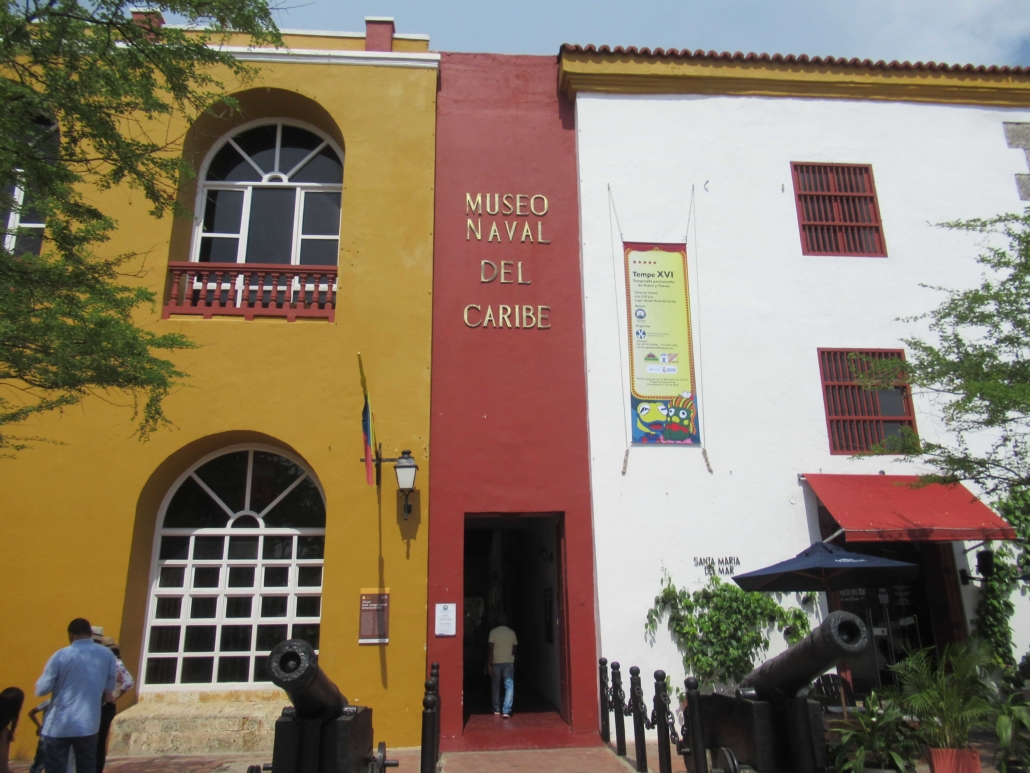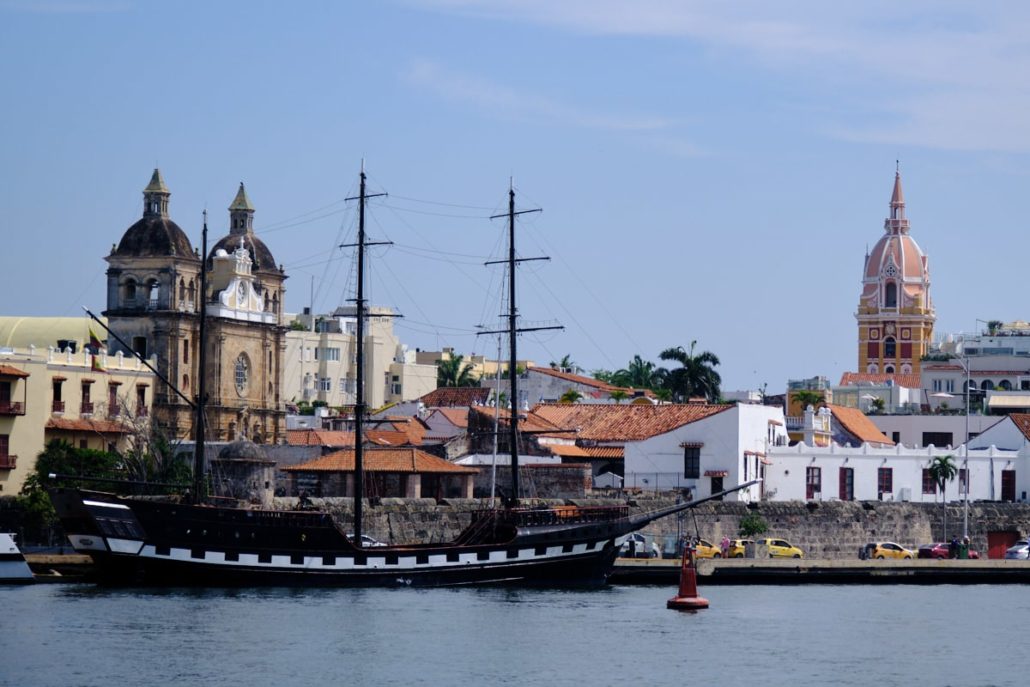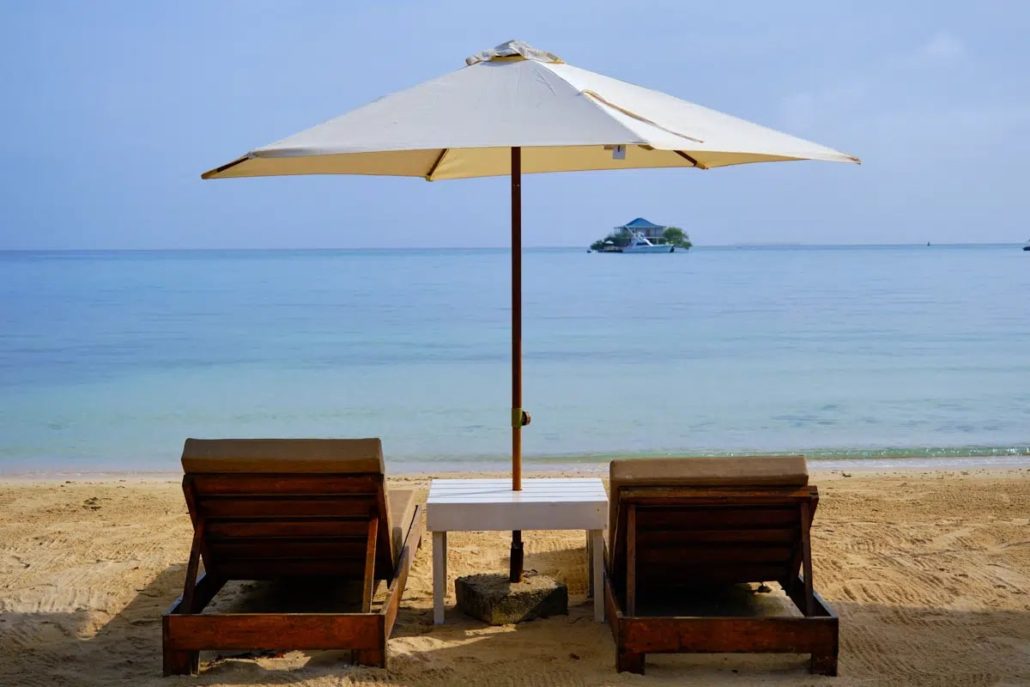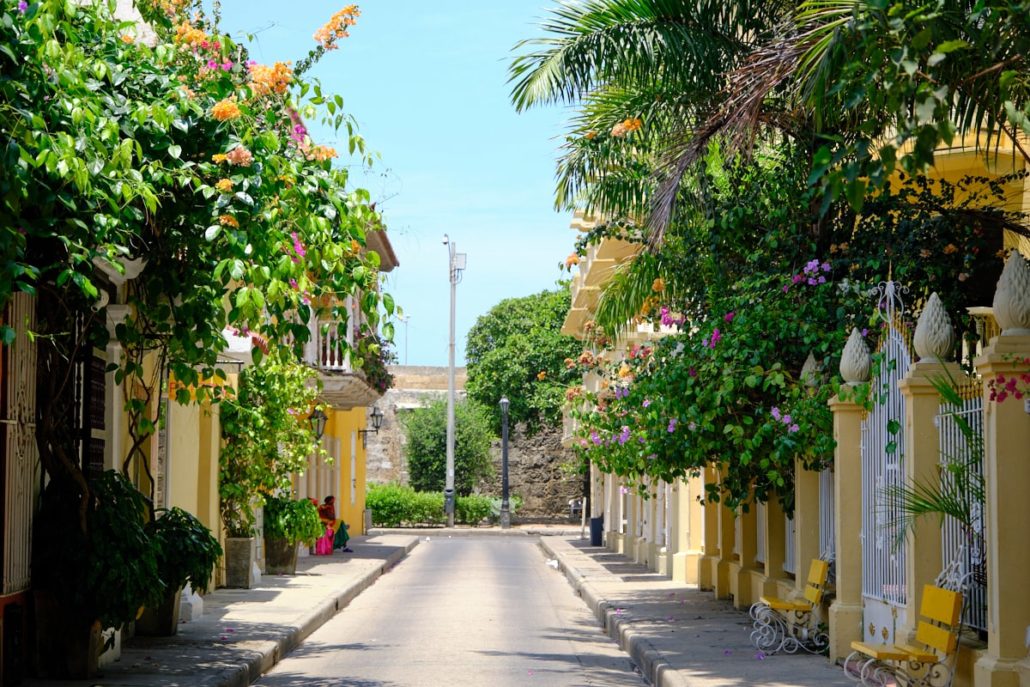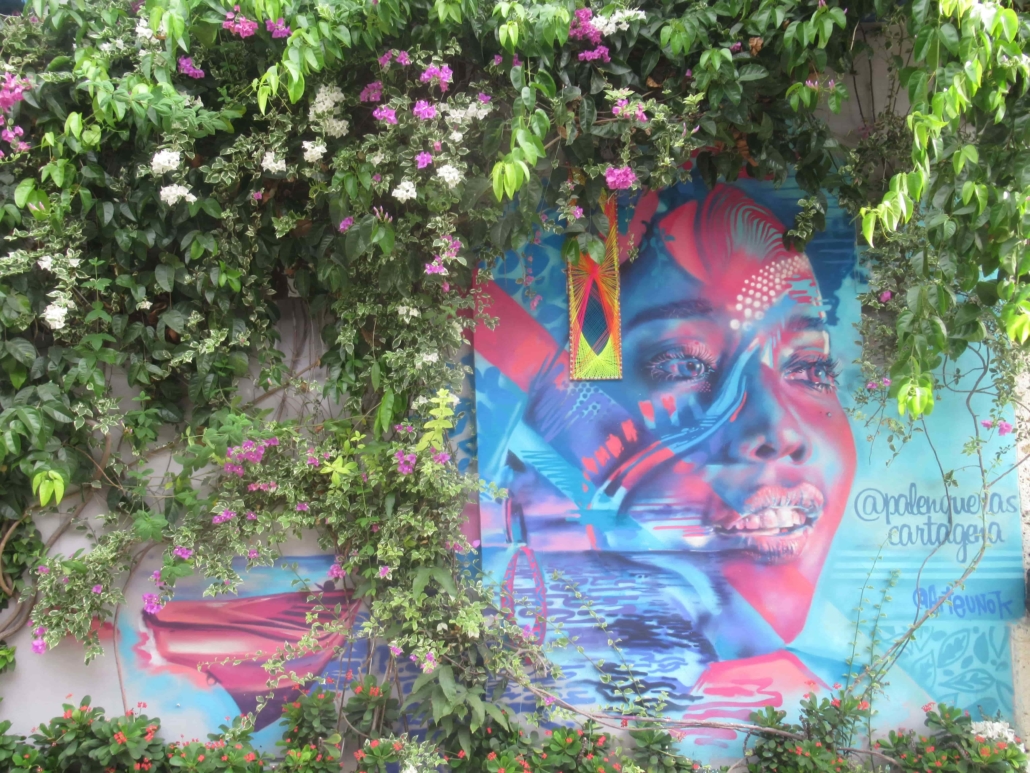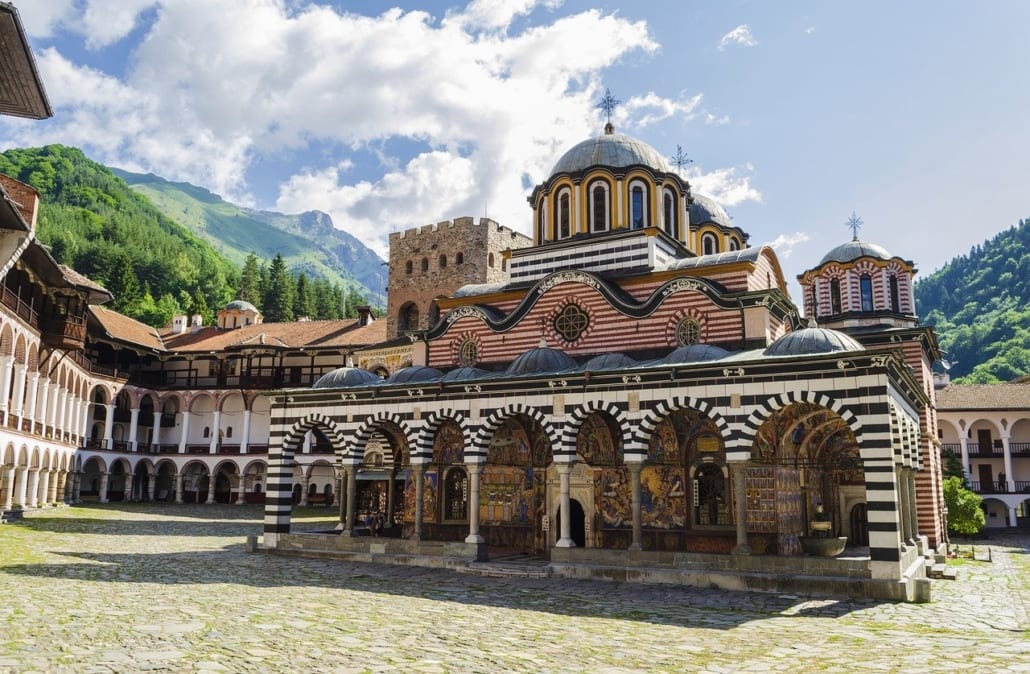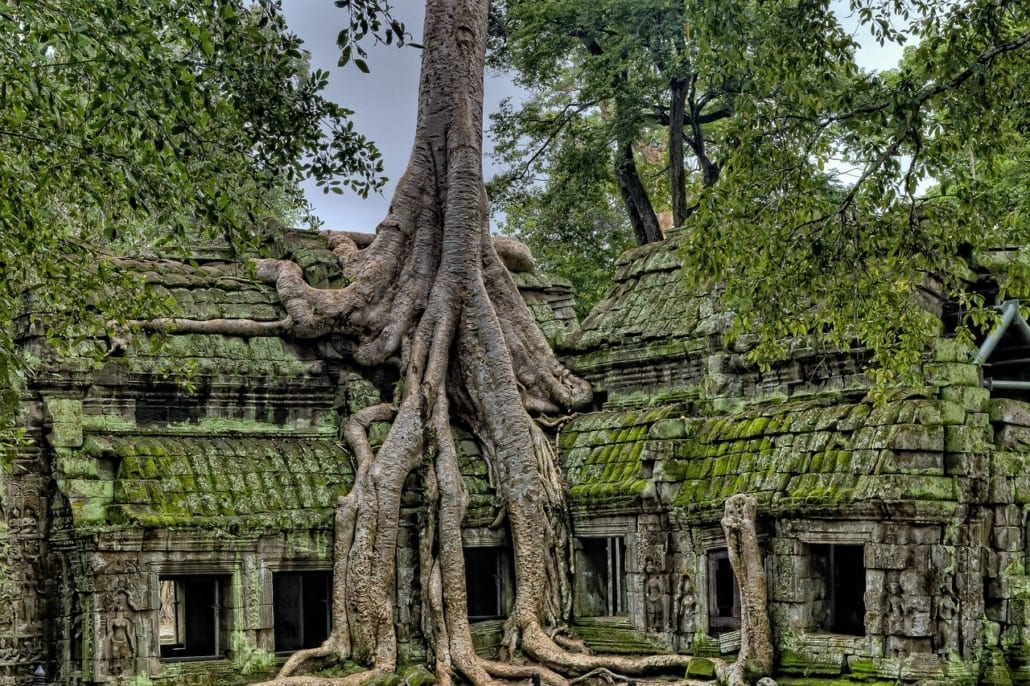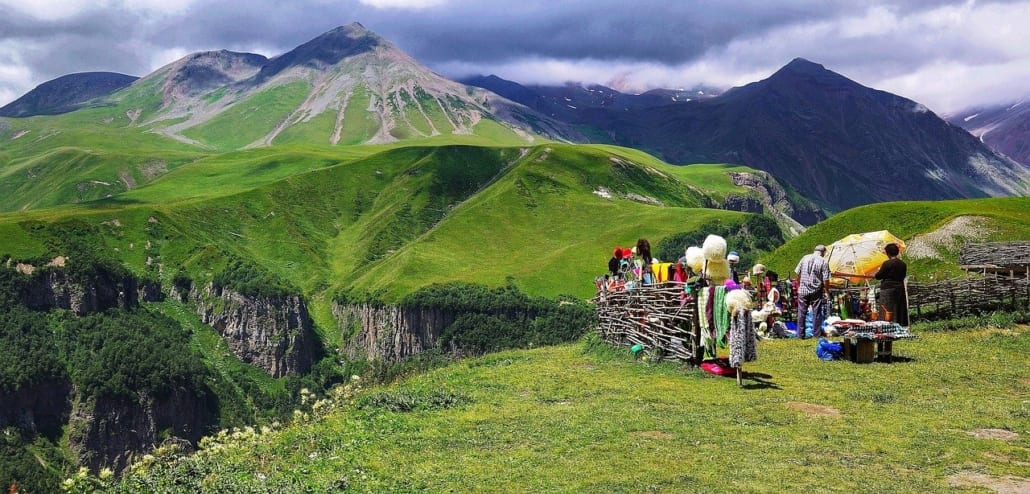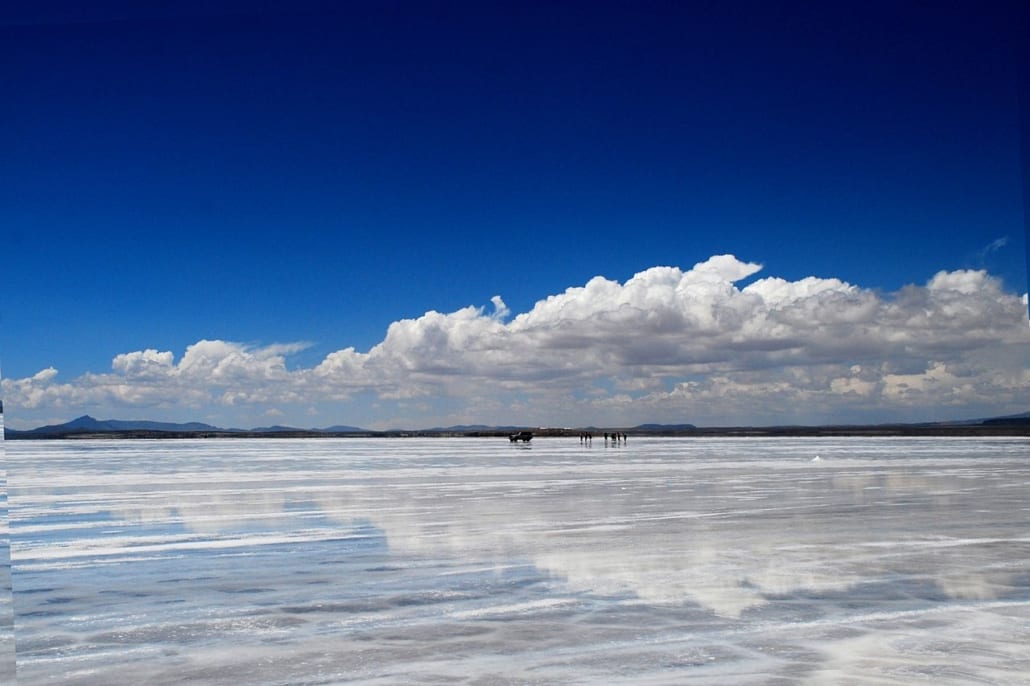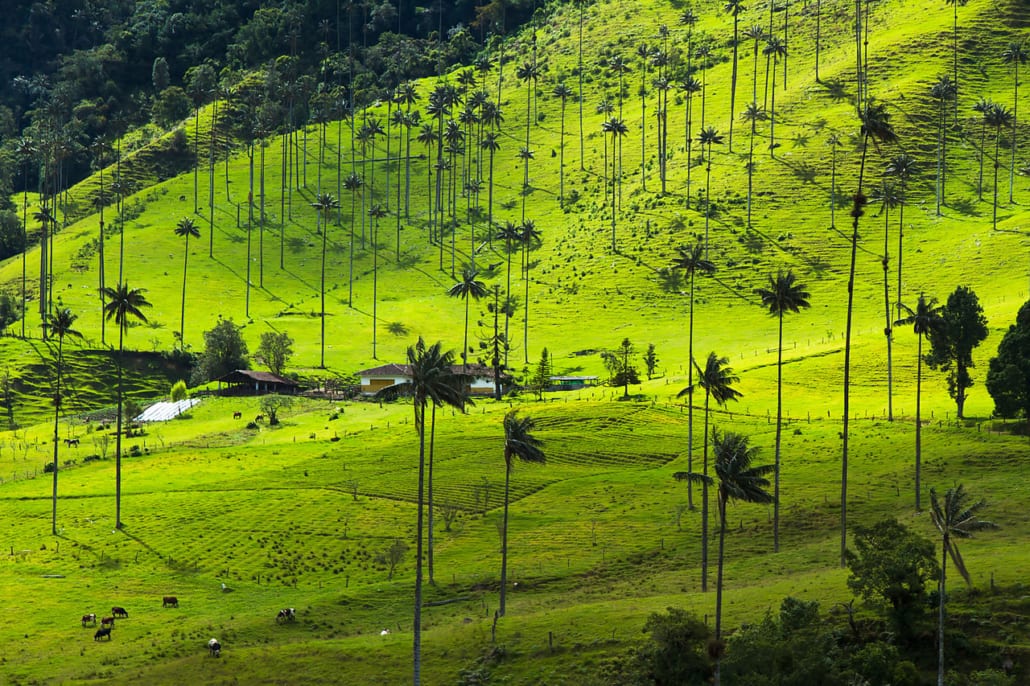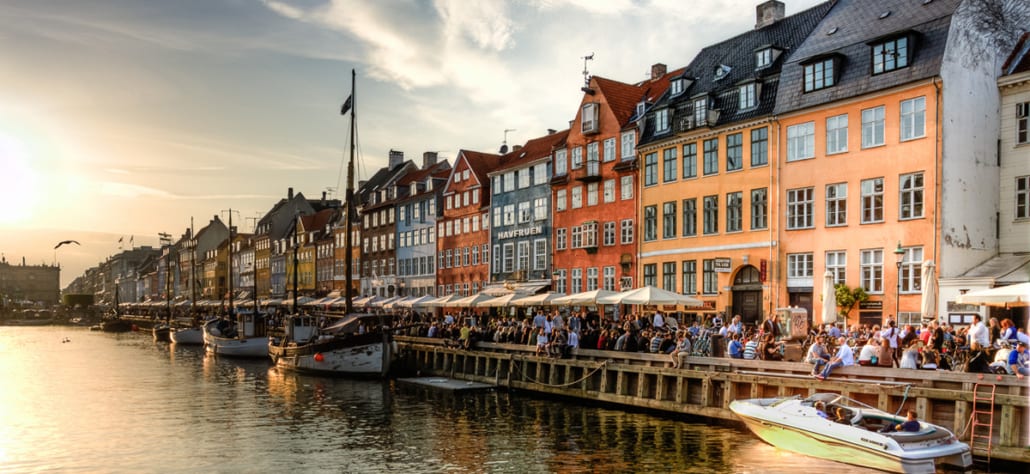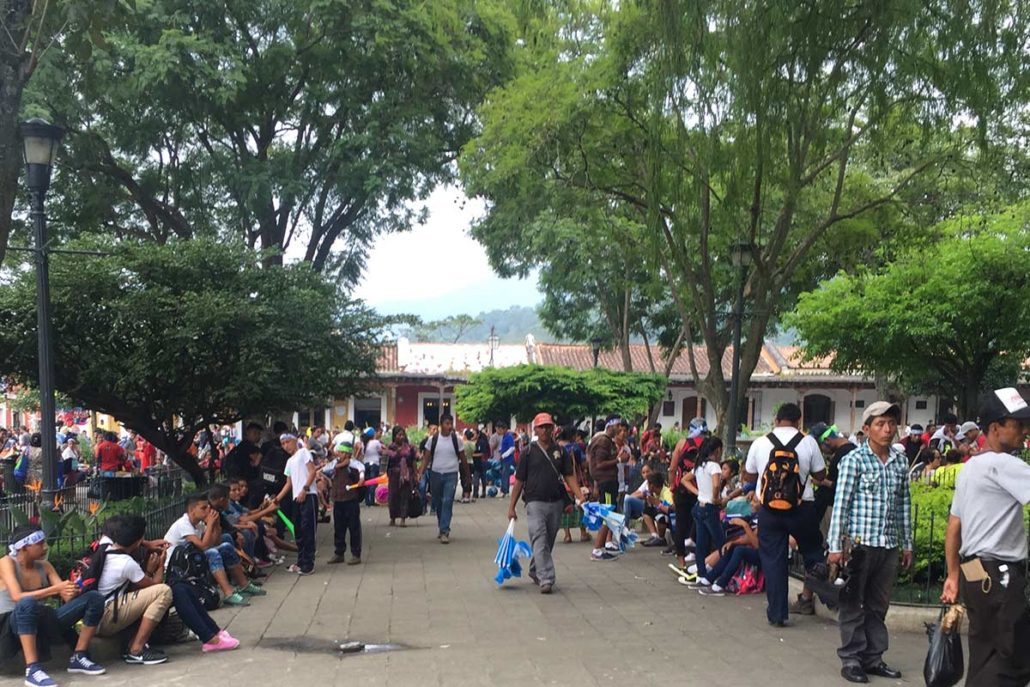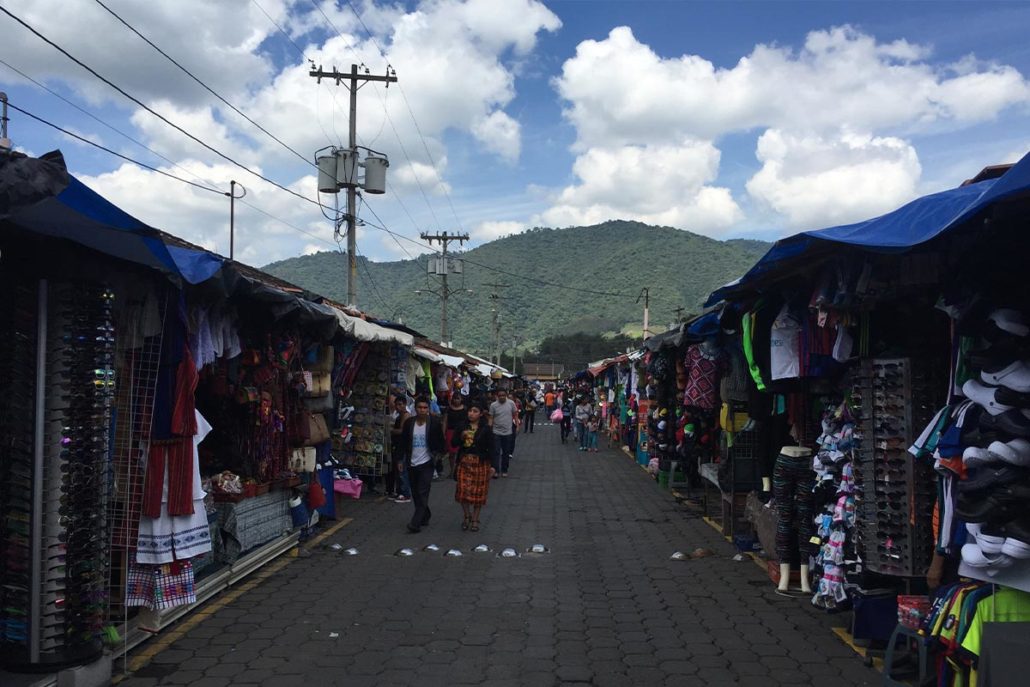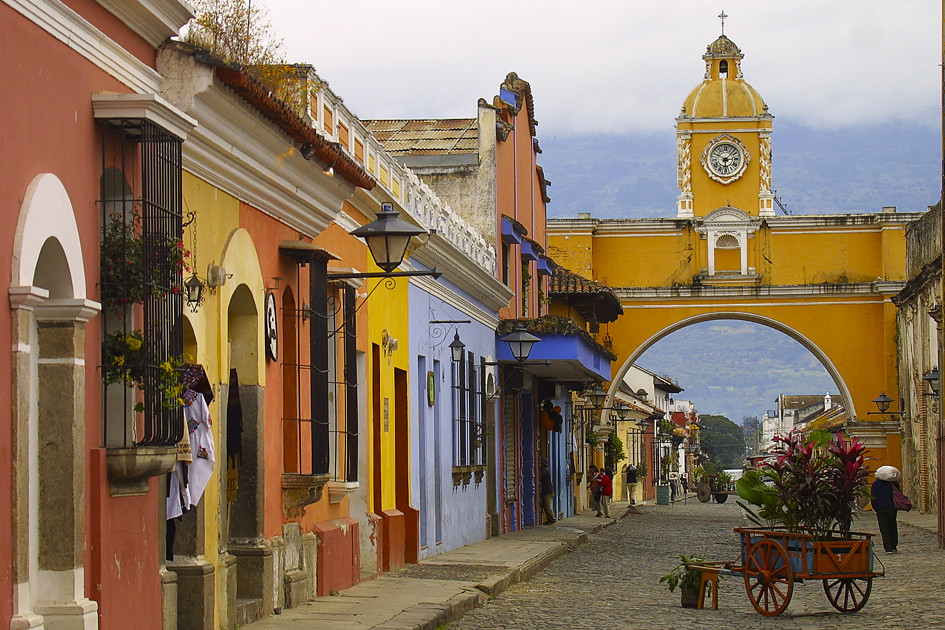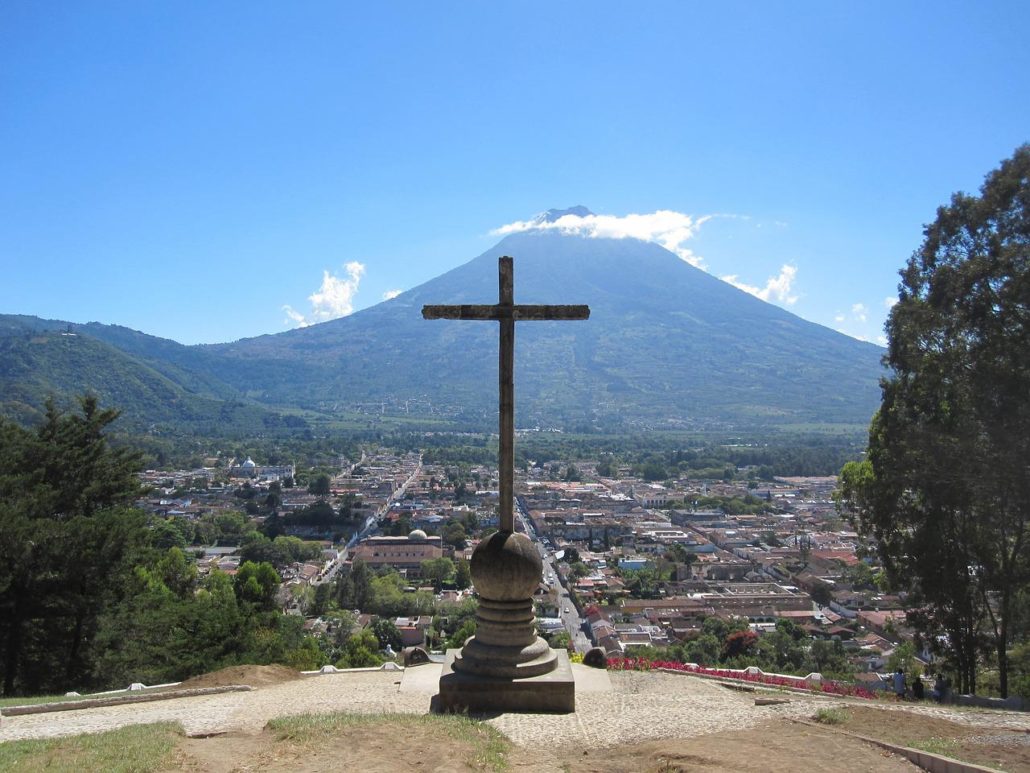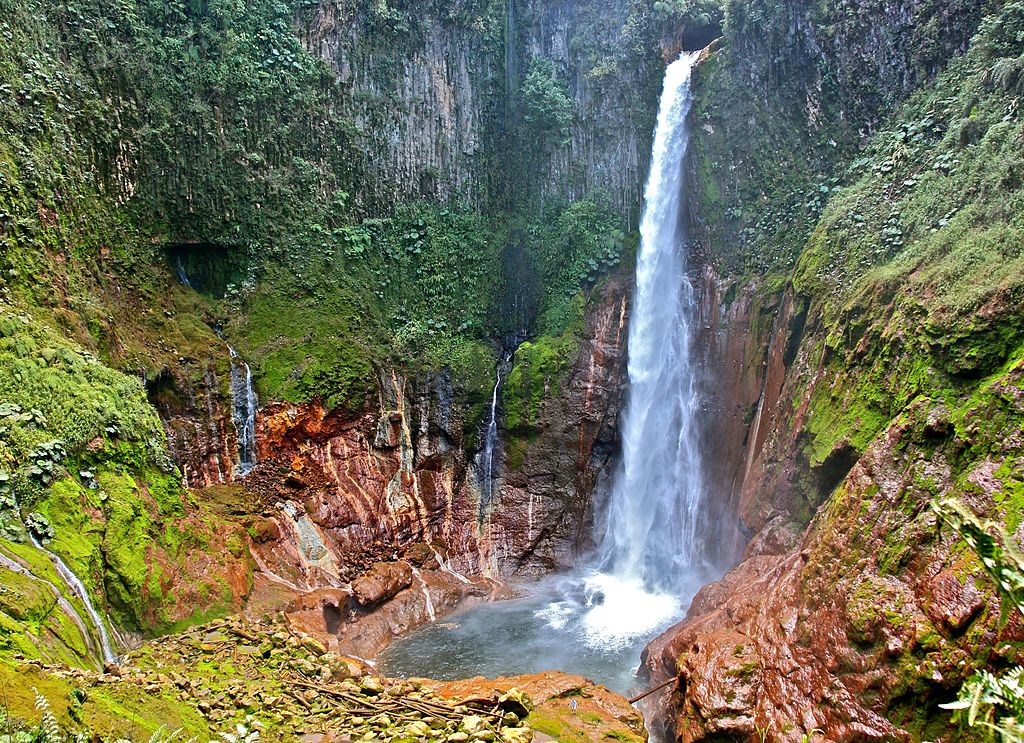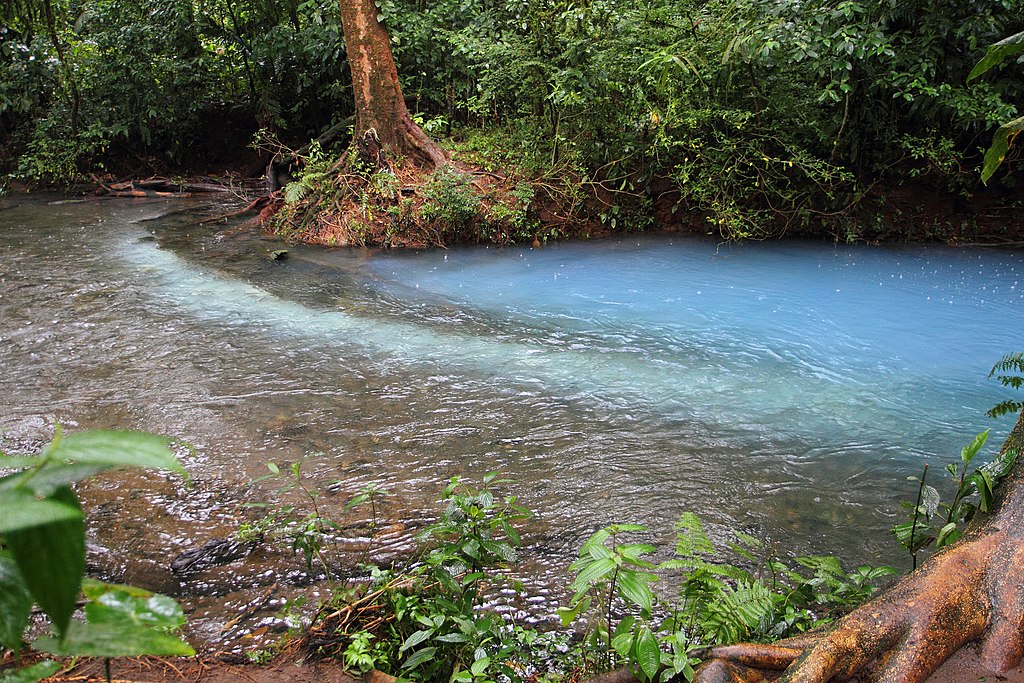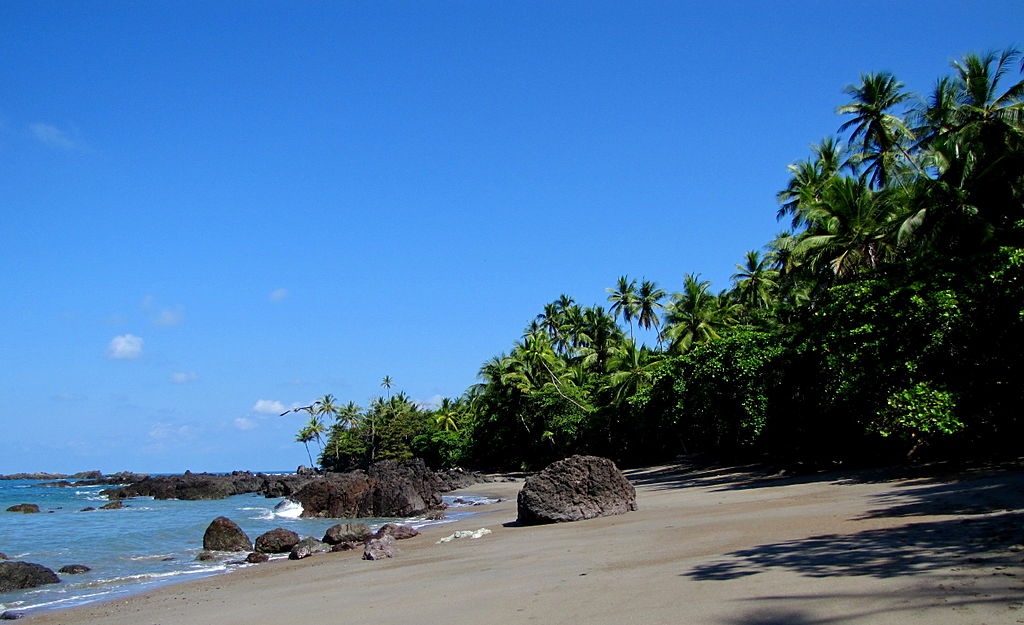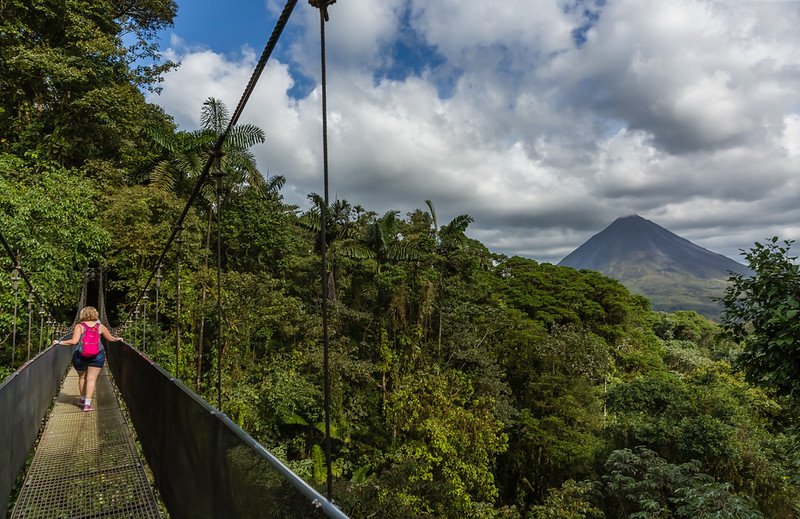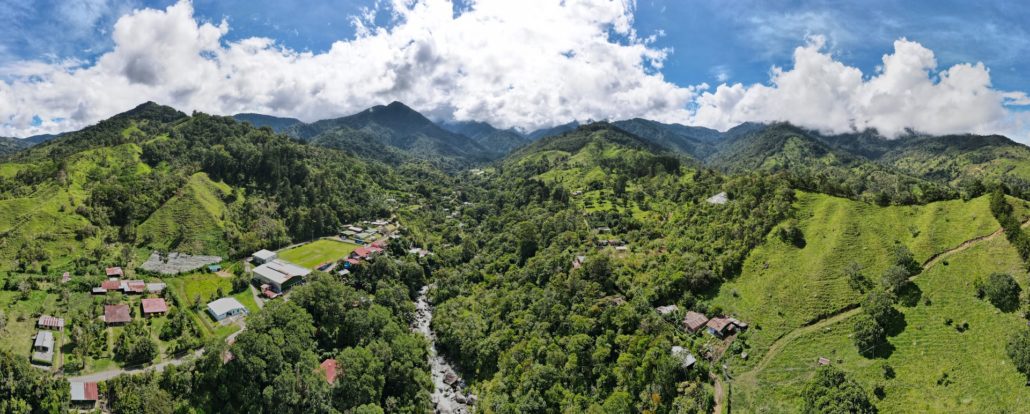Envision a land where verdant rainforests meet pristine beaches, where fiery volcanoes tower over bustling cityscapes, and where the call of exotic wildlife echoes in the air. This is Costa Rica, a small Central American country that boasts an astonishing variety of natural wonders and exciting adventures. It’s a place that invites you to embrace the “Pura Vida” lifestyle – a life of simple pleasures, tranquility, and reverence for nature. It’s easy to see why Costa Rica is one of the top backpacking destinations in the world.
Whether you’re an adrenaline junkie, a nature lover, or a history buff, Costa Rica has something to offer. However, navigating this rich landscape can be overwhelming, especially for first-time visitors. This guide will shed light on some of Costa Rica’s top destinations for backpackers, helping you plan a trip that will leave you enriched, exhilarated, and yearning for more.
The Jewel of the Pacific: Manuel Antonio National Park
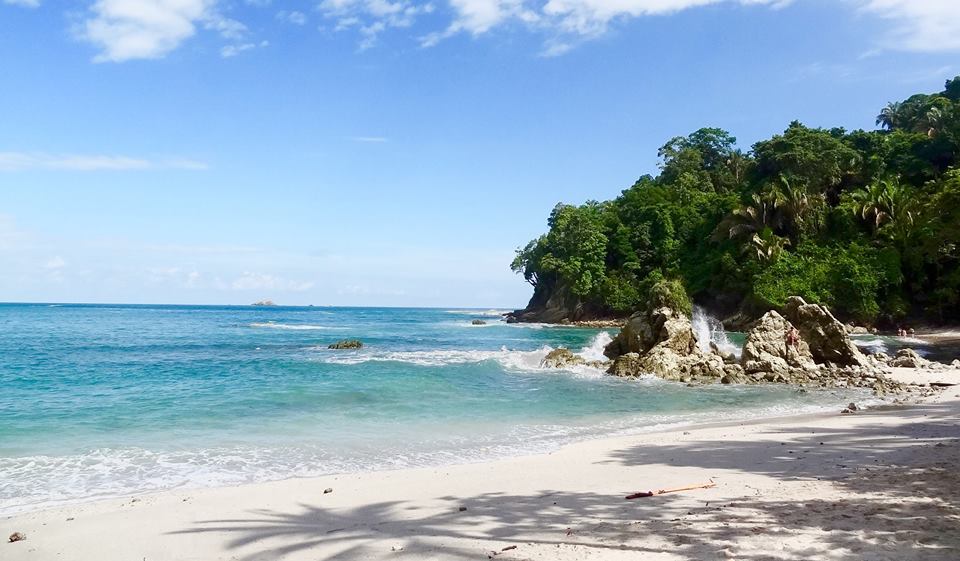
Manuel Antonio National Park Beach
Located on the Pacific coast, Manuel Antonio National Park is a cherished gem. Despite being the smallest national park in Costa Rica, it is one of the most biodiverse areas in the world. It’s home to white-faced capuchin monkeys, howler monkeys, two and three-toed sloths, and a myriad of bird species.
The park offers a unique blend of lush rainforest, white-sand beaches, and stunning coral reefs. Whether you choose to explore the park’s numerous hiking trails, enjoy a refreshing swim, or embark on a snorkeling adventure, Manuel Antonio is sure to captivate your senses.
Venture into the Clouds: Monteverde Cloud Forest Reserve
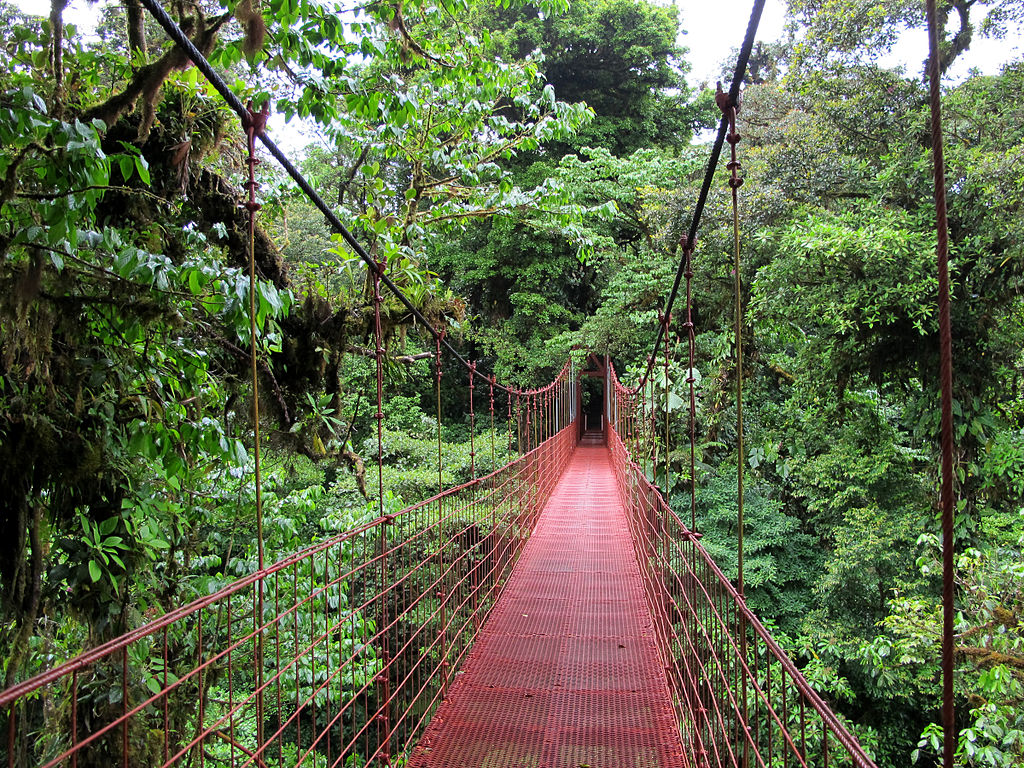
Sky Bridge in Monteverde
If you’re intrigued by the mysterious allure of the cloud forest, Monteverde should top your list. The reserve is shrouded in a constant cover of clouds, creating a unique ecosystem brimming with endemic flora and fauna. Discover why Monteverde is a popular destination in Costa Rica for backpackers for many reasons.
From colorful orchids and bromeliads to the elusive quetzal and three-wattled bellbird, biodiversity abounds. Adventurous visitors can explore the forest from a unique perspective via hanging bridges or exhilarating zip-line tours. The serenity of the forest is broken only by the sounds of nature – a constant reminder of the vibrant life that thrives in these clouds.
A Glimpse into History: Guayabo National Monument
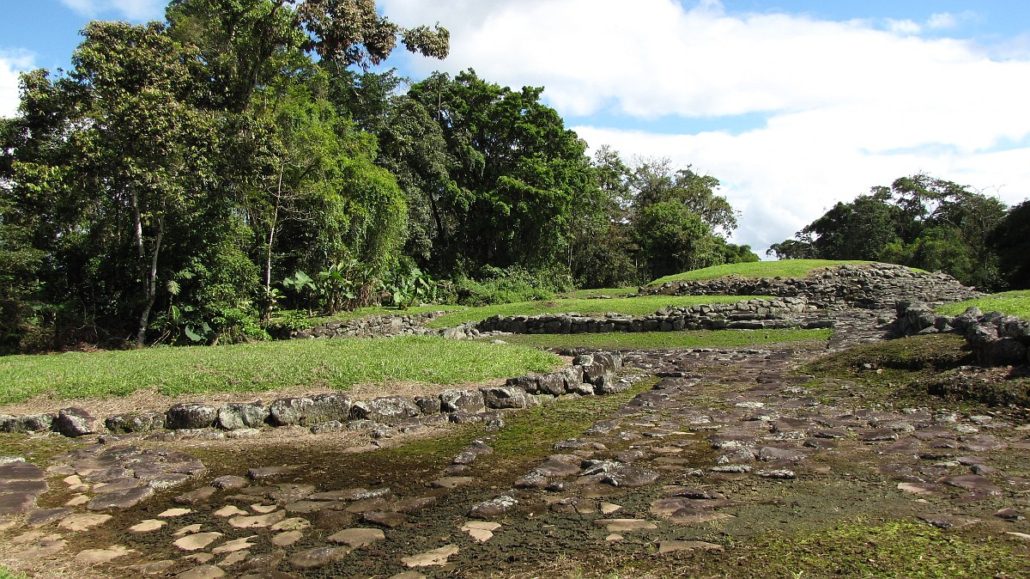
Guayabo, Costa Rica’s Archaeological Treasure
For those interested in the rich history of Costa Rica, the Guayabo National Monument offers a fascinating glimpse into the past. As Costa Rica’s largest and most important archaeological site, Guayabo unveils the remnants of a pre-Columbian city that was home to a significant civilization until around 1400 AD.
Among the ruins, you can observe ancient aqueducts, tombs, petroglyphs, and mysterious stone paths. A visit to Guayabo is a journey back in time, an opportunity to understand the roots of Costa Rican culture and history.
The Gateway to Adventure: Arenal Volcano National Park
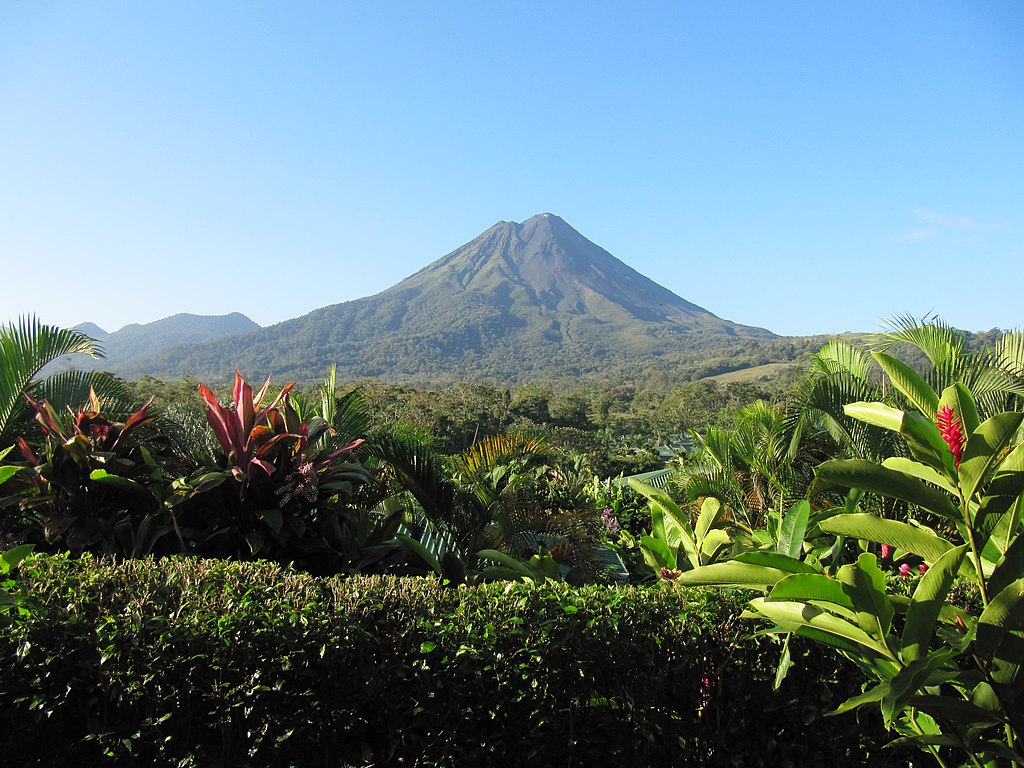
Arenal Volcano in Costa Rica
Arenal Volcano National Park is often synonymous with adventure for Costa Rica tours. Dominated by the impressive Arenal Volcano, the park offers an array of exciting activities. Embark on a hike through the lush forest, explore the ancient lava fields, soak in natural hot springs, or paddle a canoe on the serene Lake Arenal.
At night, you might even get to witness the awe-inspiring sight of lava flowing down the slopes of the volcano. The park also boasts an incredible diversity of wildlife, from vibrant toucans and parrots to sloths and various monkey species.
Relax and Unwind: The Beaches of Guanacaste
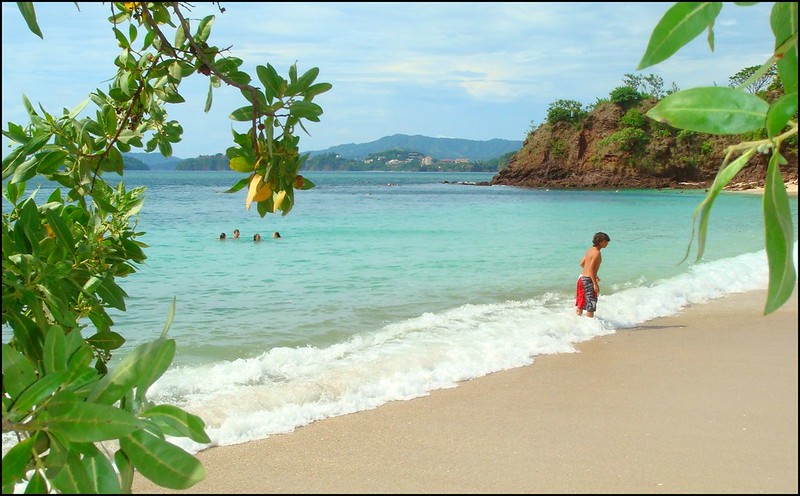
Playa Conchal, Guanacaste Costa Rica
For those who long for sun, sand, and sea, the Guanacaste province’s stunning beaches are the perfect antidote to a busy life. This region, located in northwestern Costa Rica, is blessed with some of the country’s most beautiful beaches, each unique in its charm. It’s easy to see why Guanacaste is one of Costa Rica’s top destinations for backpackers.
Playa Conchal, with its shell-studded sand and crystalline waters, is ideal for snorkeling and swimming. Tamarindo Beach is a surfer’s paradise, boasting consistent waves and a lively nightlife scene. For a tranquil retreat, Playa Flamingo offers a serene environment and stunning sunsets.
While in Guanacaste, don’t miss out on a sea turtle nesting tour. The beaches of Ostional and Playa Grande are among the world’s most important nesting sites for various sea turtle species – a truly magical experience to witness.
Top Things to Do in Costa Rica for Backpackers – Final Thoughts
Costa Rica, with its myriad of wonders, beckons adventurers, nature lovers, and culture enthusiasts alike. Its vibrant landscapes promise an escape from the ordinary – a chance to immerse in the raw beauty of nature, indulge in thrilling adventures, and resonate with the rhythms of a rich, captivating culture. Whether you’re exploring the depths of the rainforest, soaking up history, or lazing on a sunny beach, every moment in Costa Rica brings you closer to the essence of ‘Pura Vida’ – the pure life. Pack your backpack and let the spirit of adventure guide you through this enchanting land.

